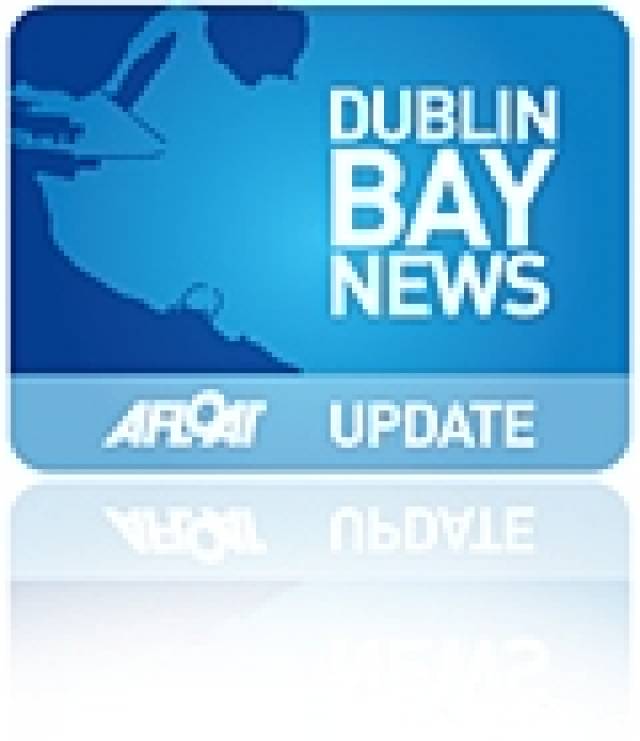#dublinbay – The first phase of a safety sign roll out in Dublin Bay has just been launched. This phase involves 31 signs located along the north Dublin coastline at Ring Buoys and Bathing Shelters. Each sign will have its location displayed; this aims to improve the efficiency of the response of the emergency services when they receive an urgent call for help. A problem often encounter by the Coast Guard is knowing where the exact location of an emergency is, if a casualty is in the water or on a beach directing a lifeboat, helicopter or ground crew to a scene needs to be done without delay. The project is a joint initiative between Dublin Port Company, the Irish Coast Guard and Dublin City Council and is hoped will save time and lives in rescues on the Dublin Bay coastline.
Colin Murray, Officer in Charge, Irish Coast Guard station at Howth noted "Often time is the enemy when it's comes to coastal emergencies, we need to get to the location of the casualty as soon as possible and minimise the time needed to find them. In the case of tourists visiting an area they may not be aware of the correct name of the area they're in, even locals trying to describe what part of Dollymount beach they're on can be difficult. The new signs will help the emergency services with that response".
The Lord Mayor commented that "I very much welcome this initiative between the parties concerned, all working together to come up with a solution. Coming into the summer it's important to ensure the emergency services have the best information to hand quickly to ensure a speedy response, I've no doubt having the location on the signs will make an important difference".
Pat Ward, Dublin Port Company's Head of Corporate Services remarked "While Dublin Bay provides the key commercial artery for trade on the island of Ireland, it is also renowned for its recreational and leisure craft activities. The importance of accurate information in an emergency situation is critical and todays initiative plays a huge part in assisting the public and our emergency services when called upon."
Remember if see someone in trouble on the beach, cliff or water act quickly and call that Coast Guard at 112 right away. A false alarm with good intention is always well received by the Coast Guard; a call that's too late could mean tragedy.

























